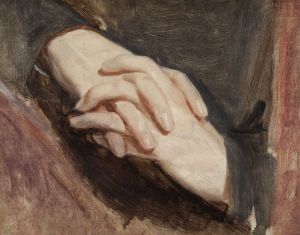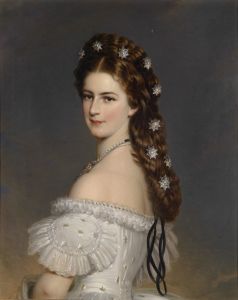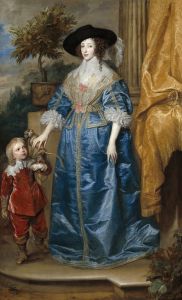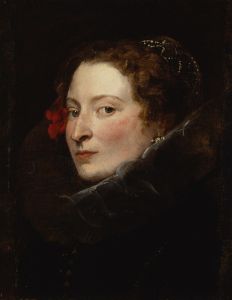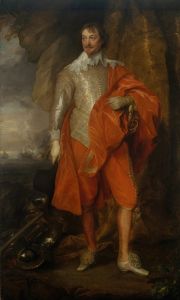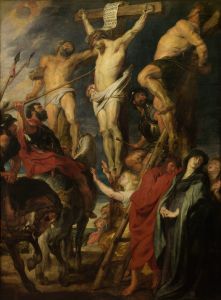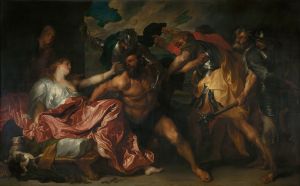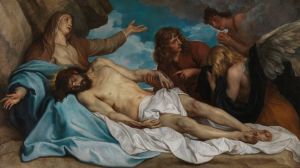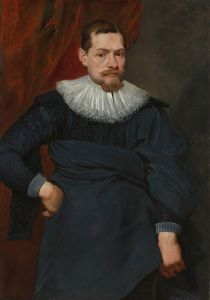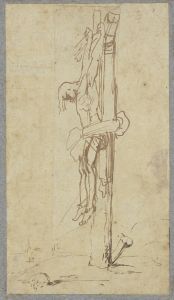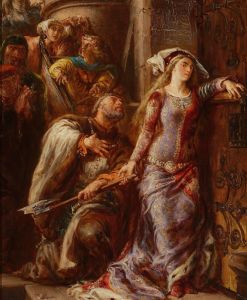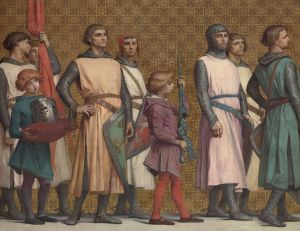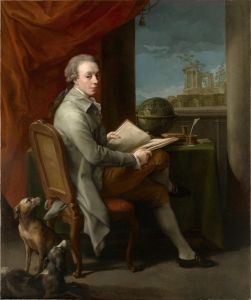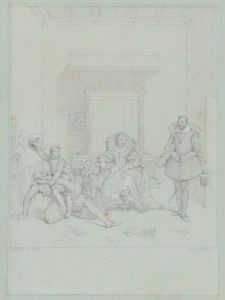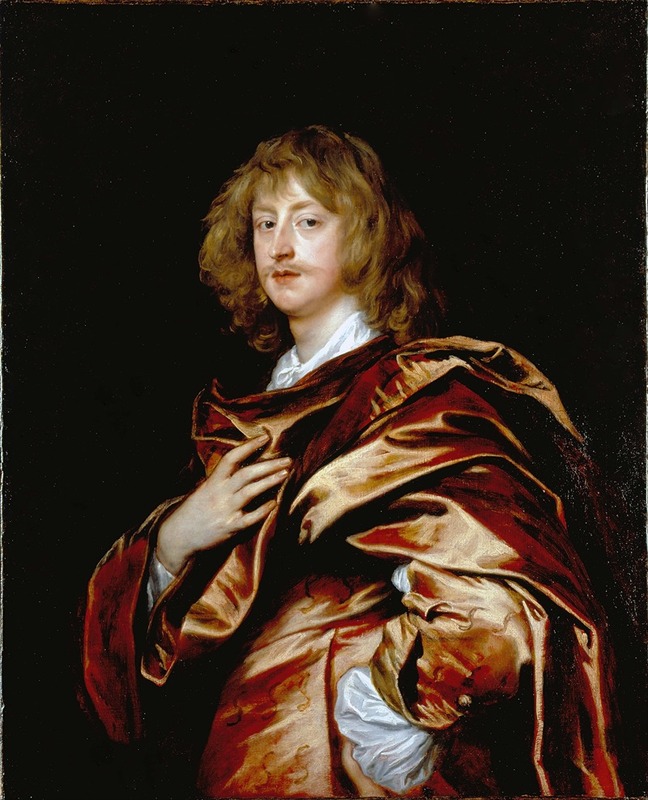
George Digby, 2nd Earl of Bristol
A hand-painted replica of Anthony van Dyck’s masterpiece George Digby, 2nd Earl of Bristol, meticulously crafted by professional artists to capture the true essence of the original. Each piece is created with museum-quality canvas and rare mineral pigments, carefully painted by experienced artists with delicate brushstrokes and rich, layered colors to perfectly recreate the texture of the original artwork. Unlike machine-printed reproductions, this hand-painted version brings the painting to life, infused with the artist’s emotions and skill in every stroke. Whether for personal collection or home decoration, it instantly elevates the artistic atmosphere of any space.
Anthony van Dyck's portrait of George Digby, 2nd Earl of Bristol, is a notable example of the artist's work during the 17th century. Van Dyck, a Flemish Baroque artist, was renowned for his portraits of European aristocracy and played a significant role in shaping the style of portraiture in England. This particular painting captures George Digby, a prominent English courtier and politician, known for his involvement in the political intrigues of the time.
George Digby was born in 1612, the eldest son of John Digby, 1st Earl of Bristol. He was educated at Magdalen College, Oxford, and became known for his eloquence and wit. Digby was a complex figure, often switching allegiances during the English Civil War, which made him a controversial character in history. Despite his political vacillations, he was a patron of the arts and had a keen interest in literature and science.
The portrait by Van Dyck is believed to have been painted around the early 1630s, during Van Dyck's period in England when he served as the principal court painter to King Charles I. Van Dyck's portraits are characterized by their elegance, attention to detail, and the ability to convey the personality and status of the sitter. In the portrait of George Digby, Van Dyck employs his signature style, using a refined color palette and sophisticated composition to highlight Digby's aristocratic bearing and fashionable attire.
The painting depicts Digby in a relaxed yet dignified pose, dressed in the luxurious clothing typical of the English nobility of the time. Van Dyck's skillful use of light and shadow adds depth to the portrait, emphasizing the textures of the fabrics and the subtle expressions on Digby's face. The background is kept relatively simple, ensuring that the focus remains on the sitter.
Van Dyck's influence on English portraiture was profound, and his works, including the portrait of George Digby, set a standard for elegance and sophistication that would be emulated by future generations of artists. The portrait not only serves as a representation of Digby's status and personality but also reflects the broader cultural and artistic trends of the Stuart court.
Today, Van Dyck's portraits are highly regarded for their artistic merit and historical significance. They provide insight into the fashion, culture, and personalities of the 17th-century European elite. The portrait of George Digby, 2nd Earl of Bristol, remains an important piece within Van Dyck's oeuvre, exemplifying his mastery of portraiture and his ability to capture the essence of his subjects.
While the exact location of this specific portrait may not be widely documented, Van Dyck's works are held in numerous prestigious collections worldwide, including the National Gallery in London and the Royal Collection. His portraits continue to be studied and admired for their contribution to the development of European art and their enduring beauty.





